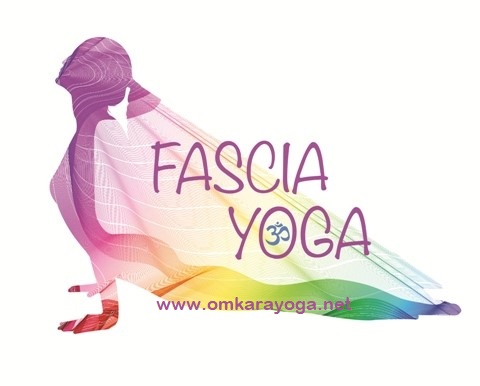The FASCIA YOGA concept is based on seven powerful strategies designed to stimulate, strengthen, expand, and maintain the elasticity of the fascial network. This versatile approach enables highly individualized training that supports health, resilience, and performance while embracing all dimensions of holistic bodywork.
Flexibility – Unlock Your Body’s Natural Length and Freedom
Stretching has long been debated, but modern fascia research reveals that flexibility is far more dynamic than once thought. It’s about timing and intention—choosing the right type of stretch for your goal. Gentle, bouncing movements can prepare the body for power and agility, while slow, releasing stretches help you unwind and recover. Fascia-focused stretching restores balance, dissolves adhesions, and expands your natural range of motion—helping you move freely, fluidly, and with lasting ease.
Elasticity – Harness the Catapult Effect and Move with Energy
This form of training energizes the body and keeps it elastic. It builds the ability to tense, center, and release powerfully – the foundation for speed, reactivity, and a toned physique. The catapult effect describes how a preparatory counter-movement stores energy that is then explosively released, as in throwing or jumping. The more the fascial pathways are engaged, the more efficiently energy flows throughout the body – in movement and even in inner rhythms like breathing, speaking, or singing.
Fluidity – Expanding Movement Freedom and Harmony
A supple fascial network forms the foundation of smooth, balanced movement. Flowing, wide-ranging motions gently release restrictions and improve the glide between tissue layers. The result is effortless mobility, enhanced coordination, and a vibrant sense of ease that supports everyday vitality.
Strength – Empowering the Fascial Pathways and Optimizing Energy Flow
Strength arises when muscles and fascia work as one. Aligned along fascial pathways, the muscles create a network of energy transmission throughout the body. This integrated system turns every movement into a full-body action, enhancing stability, efficiency, and performance. Training that engages the fascial lines strengthens the body’s central axis and anchors movement in its true power.
Release – Restoring Flow and Rebalancing the Fascial Matrix
Fascia functions as the body’s filter and transport system. When it becomes congested, cellular exchange slows and vitality decreases. Releasing techniques such as compression, lifting, and gentle touch stimulate the tissue, enhance metabolism, and dissolve tension. The result is greater physical freedom and a deep sense of mental and emotional ease.
Regeneration – Revitalize Your Cells and Restore Inner Balance
Fascial relaxation can be achieved through mental or physical pathways – the key is finding what truly brings you calm. When the nervous system settles, the body naturally shifts into healing mode. Practices like meditation, autogenic training, gentle movement, or Qi Gong nurture vitality and support a balanced, alkaline fascial environment.
Perception – Refining Sensory, Motor, and Emotional Intelligence
Fascia is rich in nerve endings and deeply linked to body awareness. Diverse stimulation activates and strengthens these connections, enhancing perception, coordination, and emotional balance. Perception means sensing yourself and your surroundings consciously—understanding your inner signals and aligning body, mind, and emotions in harmony.
